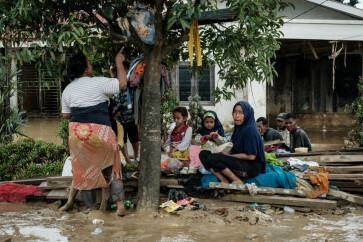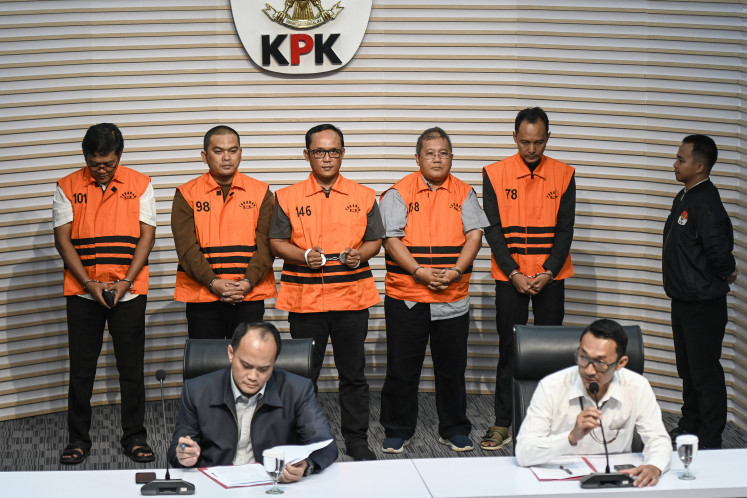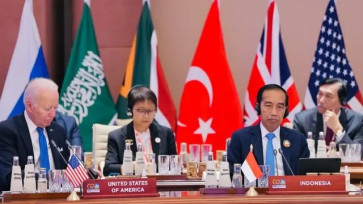Popular Reads
Top Results
Can't find what you're looking for?
View all search resultsPopular Reads
Top Results
Can't find what you're looking for?
View all search resultsRomance of the three kingdoms: China, Indonesia and the US
When speaking of balance of power as it pertains to the Indo-Pacific, it turns out that Indonesia forms the third point in a "love triangle" with China and the US.
Change text size
Gift Premium Articles
to Anyone
O
ne of the best ways to understand the military balance of power is not necessarily by referring to the research of the International Institute of Strategic Studies (IISS) in London or the Stockholm International Peace Research Institute (SIPRI) in Sweden.
For what it’s worth, the former publishes The Military Balance, an annual assessment that political scientists would call a “bean count”: It tabulates the number of defense assets available in stock, though not necessarily their interoperability.
As for SIPRI, while the quality of its publications is not necessarily higher than that of the IISS, it is helpful to cross-reference the publications of the two research institutes. Still, the research approach is still one and the same: bean count. Both can give a sense of the military strength of various countries around the world, of which the Indo-Pacific region appears to have registered higher growth in new purchases.
While the late Desmond Ball of the Australian National University’s Strategic and Defence Studies Centre once affirmed that increased affluence, invariably, corruption and the quest for national prestige, among a matrix of other factors, could lead to higher defense spending in the halcyon days of the 1990s prior to the 1997-1998 Asian Financial Crisis, the circumstances this time around seem to be different.
There appears to be a high correlation between the tensions generated by the Sino-United States relationship, a dyad that began turning sour during the Trump and Biden administrations, with the increase in defense spending in the Asia-Pacific or the Indo-Pacific.
For better or for worse, the increase in military exercises and activities among the great powers in the South and East China seas looks to be the proximate cause. Southeast Asian navies have also begun their fair share of military drills in and around the North Natuna Sea, which comes under Indonesia’s domain.
Regardless of how much military information is accessible from open sources in and on the Indo-Asia-Pacific region, the concept of “balance of power” remains extremely ambiguous for a variety of reasons. This is where defense intellectuals and policymakers must know that term well.



















